MEDIA CONTACTS
Stephannie Kettle, Public Relations Manager, skettle@mote.org, 941.302.4997
Allison Delashmit, Keys Communications Manager, allisond@mote.org, 305.509.9141
BREAKTHROUGH: RESTORED CORALS READY TO BECOME PARENTS
August 4, 2020—Sarasota, FL—For the first time, massive corals restored to Florida’s Coral Reef are ready to become parents in the wild—a breakthrough in Mote Marine Laboratory’s scientific efforts to restore critically imperiled coral reefs, the “rainforests of the sea,” to self-sustaining life.
This month, Mote’s coral reproduction scientist, Dr. Hanna Koch, identified gametes (eggs and sperm) inside colonies of two threatened, yet key, reef-building species that Mote restored to Florida Keys reefs in recent years: the massive or mounding species called mountainous star coral (Orbicella faveolata) and branching staghorn coral (Acropora cervicornis). Both species are listed as Threatened under the Endangered Species Act. The presence of gametes indicates that these corals are sexually mature, gravid (pregnant), and ready to produce the next generation of coral “babies” with fresh genetics to help revive declining coral populations.
These corals are achieving critical milestones for the entire field of coral reef restoration—showing the first signs that they are capable of producing new generations of corals on their own. These and other corals in Mote’s restored populations survived big challenges to reach this point, demonstrating resilience. Their success validates the significance and progress of Mote’s science-based, resilience-focused coral restoration.
Right-side photos from top to bottom: Orbicella faveolata (mountainous star coral) colony restored by Mote; sample of Mote-restored mountainous star coral containing eggs and sperm; Acropora cervicornis (staghorn coral) restored by Mote. Credit all: Mote Marine Laboratory & Aquarium
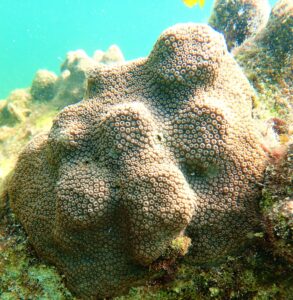
An exciting first: The mountainous star coral (O. faveolata) colonies, which Mote outplanted in 2015 off of Cook Island near Big Pine Key, are the first corals of any massive or mounding species that have been documented to produce gametes (i.e., be sexually mature) after being restored in Florida or Caribbean waters. Sexual maturity is size-dependent in stony corals; slow-growing massive species like mountainous star coral—which tends to grow less than 1 centimeter per year—can take decades to grow from “baby” size to sexually mature size. However, using the propagation and outplanting methodology that Mote pioneered, which is called “microfragmentation-fusion” or “reskinning,” larger colonies of corals can be generated faster. Instead of decades, Mote can now produce sexually mature mountainous star corals in as little as five years (more details below under “what this means”).- Even more encouraging is that these restored corals endured a global bleaching event in 2015, a Category-4 hurricane (Irma) in 2017, and the 2019 outbreak at this site of stony coral tissue loss disease, which has affected millions of reef corals across Florida’s Coral Reef and beyond.
- Another reason to celebrate: The staghorn coral (A. cervicornis) colonies, outplanted in 2016, 2017 and 2018 at Eastern Dry Rocks off of Key West, are the first Mote-planted staghorn corals observed to reach sexual maturity after being restored to the reef, demonstrating that staghorn outplants can reach this critical milestone within aslittle as two years, an observation that has been cited only once before.

These populations also faced environmental stress, including Hurricane Irma in 2017, which certainly had negative impacts on these corals, but clearly, they have been able to recover and are now thriving.
- What this means: Mote’s science-based coral restoration strategy—combining resilience testing and multiple growth/reproductive interventions—is proving to be highly successful! At Mote’s Elizabeth Moore International Center for Coral Reef Research & Restoration on Summerland Key, Florida, Mote scientists:
- Grow large numbers of multiple coral species in underwater and land-based nurseries.
- Help slow-growing massive corals (such as mountainous star coral) to grow 50 times faster through microfragmentation and fusion—breaking corals into tiny microfragments and later allowing the growing fragments to fuse and cover a dead coral skeleton on the reef.

Conduct managed breeding of corals (assisted sexual reproduction to add fresh genetics) in land-based systems along with asexual reproduction (fragmenting corals into genetically identical pieces).- Raise and study corals through every stage of life.
- Scientifically test corals’ resilience to stress, including increased temperatures, ocean acidification and disease, to uncover resilient genetic varieties (genotypes).
- Restore corals strategically, focusing on resilient and diverse coral genotypes.
- Monitor restored corals longer and in more detail than other organizations—which allowed Mote to document the corals’ long-term survival and sexual maturation.
- Coral spawning research planned: Multiple Florida coral species spawn (synchronously release sperm and eggs, leading to fertilization and new coral babies) after the August full moon. This August, Dr. Hanna Koch, accompanied by other Mote scientists and interns, is leading three field research efforts focused on spawning: documenting spawning activity from the restored mountainous star coral (O. faveolata) near Big Pine Key and restored staghorn coral (A. cervicornis) near Key West, while collecting sperm and eggs from elkhorn coral (Acropora palmata) at Looe Key for reproduction events back at Mote’s Summerland Key campus.
- Mote’s staghorn corals currently bearing gametes, and components of Mote’s planned spawning research efforts this year, are located on two of the seven “Iconic Reefs” designated by the National Oceanic and Atmospheric Administration (NOAA) as sites that will receive a concentrated, collective effort of restoration support in the coming decades. Mote’s research and restoration activities described above were permitted by NOAA’s Florida Keys National Marine Sanctuary (FKNMS-2018-088-A2 & FKNMS-2015-163-A3). Funding for this research is provided by the National Science Foundation (Award #: 1452538), NOAA Restoration Center (NA19NMF4630259), the State of Florida, a Mote Postdoctoral Fellowship award to Dr. Koch and philanthropic donations to Mote from several sources.
 Successful coral restoration is worth a happy dance!
Successful coral restoration is worth a happy dance!
If you agree, then please:
Support Mote’s Coral Reef Research and Restoration with a donation!
Messages from our scientists
Mote Postdoctoral Research Fellow Dr. Hanna Koch shares the news of Mote’s coral restoration breakthrough—slow-growing massive corals restored by Mote have become sexually mature in the wild in just five years:
Dr. Erinn Muller, Science Director of Mote’s Elizabeth Moore International Center for Coral Reef Research & Restoration, describes the methods used to enable this breakthrough: microfragmentation-fusion that allows Mote to speed the growth of slow-growing, massive corals, to help them become sexually mature and ready to become parents on the reef:
Mote’s President & CEO, Dr. Michael P. Crosby, summarizes why this coral restoration milestone is critical for the future of coral reefs:
Messages from our partners
Tom Moore, NOAA Coral Reef Restoration Team Lead
NOAA (National Oceanic and Atmospheric Administration) Restoration Center
“This is one of the most significant coral restoration milestones we have achieved in Florida. Coral reef restoration has never been about restoring every single coral, but rather about restoring corals so reefs can recover naturally via reproduction. Up until now we didn’t know however if using micro-fragmentation to get bigger corals faster would also result in getting reproductively mature corals faster as well. It’s a really big deal and having it happen at one of our Mission: Iconic Reef sites is even better.”
Dr. Andrew Bruckner, research coordinator, Florida Keys National Marine Sanctuary:
“The ability to produce sexually mature colonies of the most important frame-building corals in the Florida Keys in such a short time frame is a major scientific breakthrough and a huge boost for our restoration efforts as these corals provide critical ecosystem services and ecological benefits for associated species on the restored reefs, while indirectly accelerating the recovery of Florida’s reef ecosystem through the production of offspring that can colonize surrounding reefs.”
Sarah Fangman, superintendent, Florida Keys National Marine Sanctuary:
“This groundbreaking work by Mote scientists represents hope for the future of coral reefs. Decades of declines caused by numerous threats have left our reefs in a perilous position. Recovering these reefs will require innovation and dedication, and we are grateful to our partners at Mote for their tireless efforts to develop the techniques necessary to help restore Florida’s reefs.”

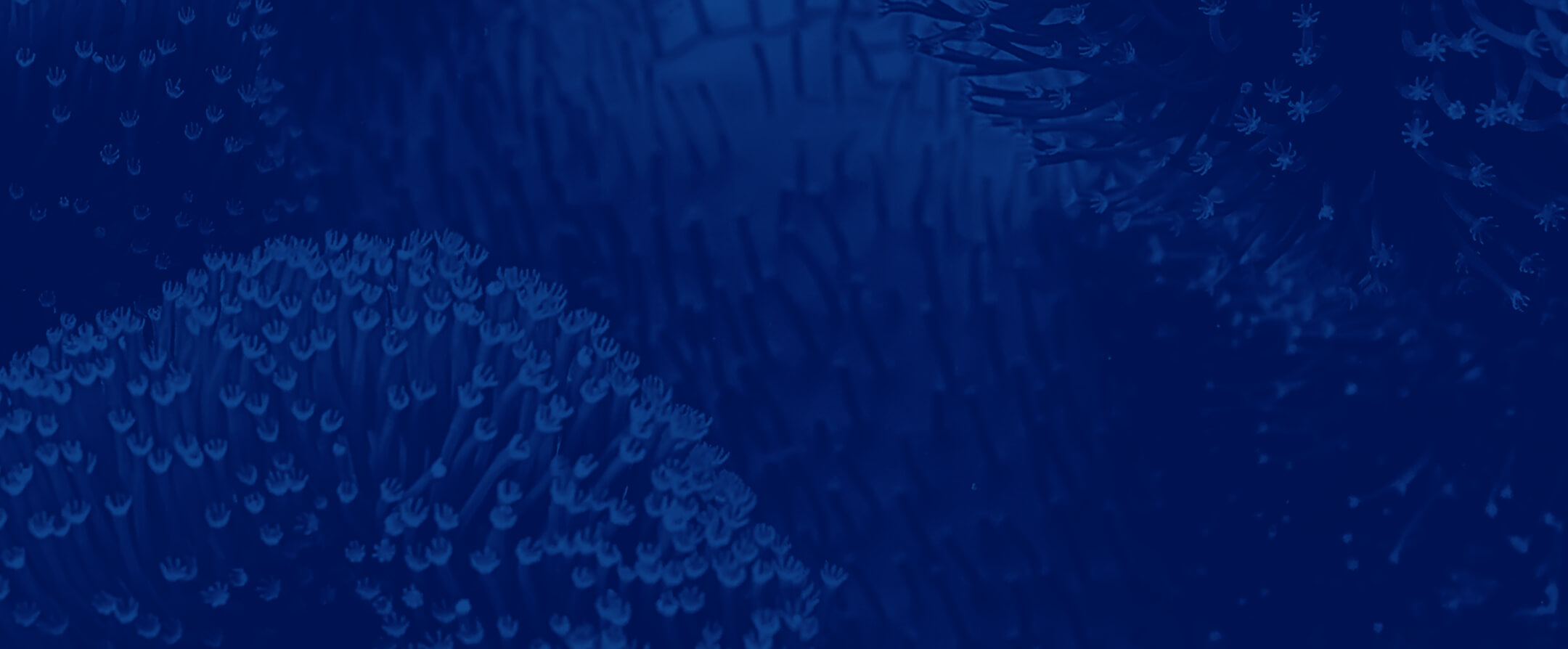
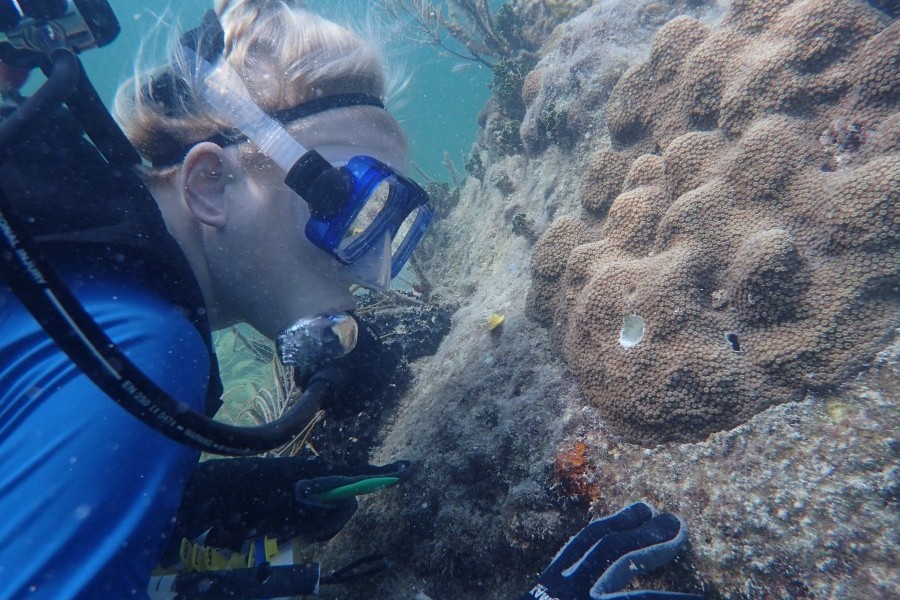

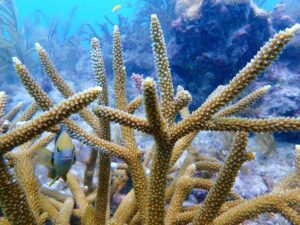
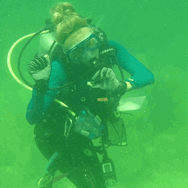 Successful coral restoration is worth a happy dance!
Successful coral restoration is worth a happy dance!